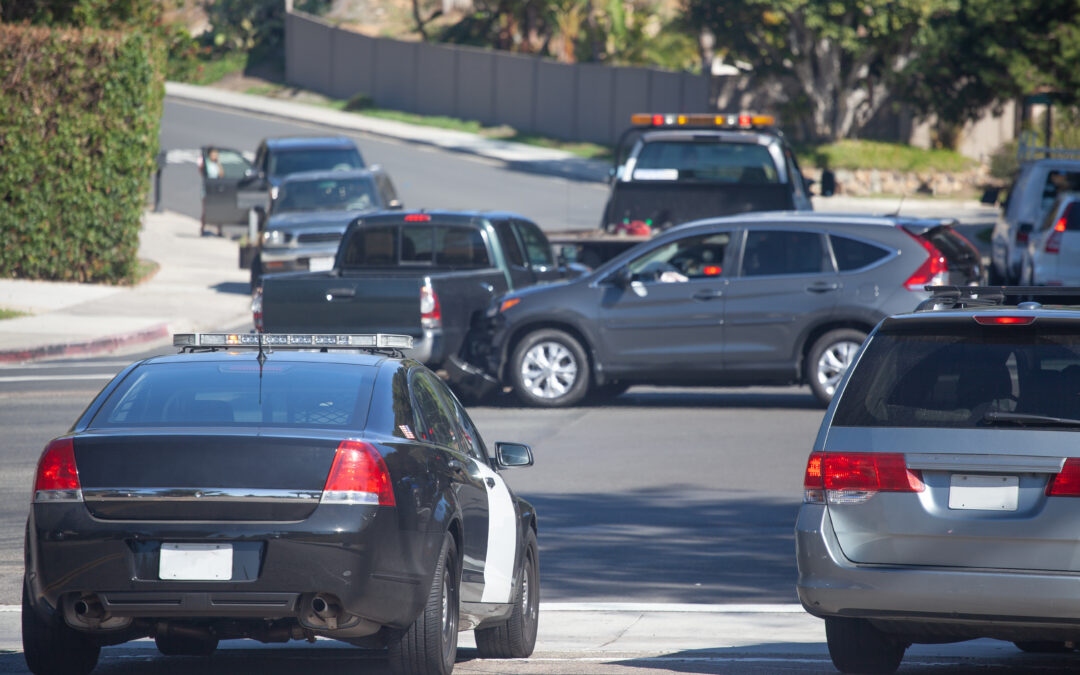A T-bone car accident, also known as a side-impact collision, occurs when the front of one vehicle collides with the side of another vehicle. These types of accidents can be particularly dangerous due to the lack of protection on the side of the vehicle. Determining who is responsible for a T-bone car accident can be a complex process, as there are several factors to consider.
First and foremost, it is important to determine who had the right of way at the time of the accident. If one driver had a stop sign or traffic signal, and the other driver did not, it is likely that the driver who did not have the right of way will be found at fault. Additionally, if one driver was speeding or driving recklessly, they may also be found at fault.
Another important factor to consider is whether or not either driver was under the influence of drugs or alcohol at the time of the accident. If one driver was impaired, they will likely be found at fault. Furthermore, if one driver was distracted, such as by using their phone or changing the radio, they may also be found at fault.
It is also important to consider the actions of each driver leading up to the accident. If one driver was tailgating or cutting off the other driver, they may be found at fault. Additionally, if one driver was making an illegal turn or failing to signal, they may also be found at fault.
In some cases, both drivers may be found partially at fault for the accident. This is known as comparative fault, and it means that each driver’s degree of fault will be determined and used to apportion liability.
In some cases, a third party may also be found liable for a T-bone car accident. For example, if a malfunctioning traffic signal caused the accident, the company responsible for maintaining the signal may be held liable. Additionally, if a vehicle was defective and caused the accident, the manufacturer of the vehicle may be held liable.
It is important to note that in order to prove fault in a car accident, it is necessary to have evidence. This can include eyewitness testimony, police reports, and any available surveillance footage.
In conclusion, determining who is responsible for a T-bone car accident can be a complex process, as there are several factors to consider. It is important to consider who had the right of way, whether or not either driver was under the influence or distracted, and the actions of each driver leading up to the accident. Additionally, it is important to consider whether or not a third party may be liable for the accident. Ultimately, the outcome of a T-bone car accident case will depend on the specific circumstances of the accident and the evidence presented.

